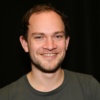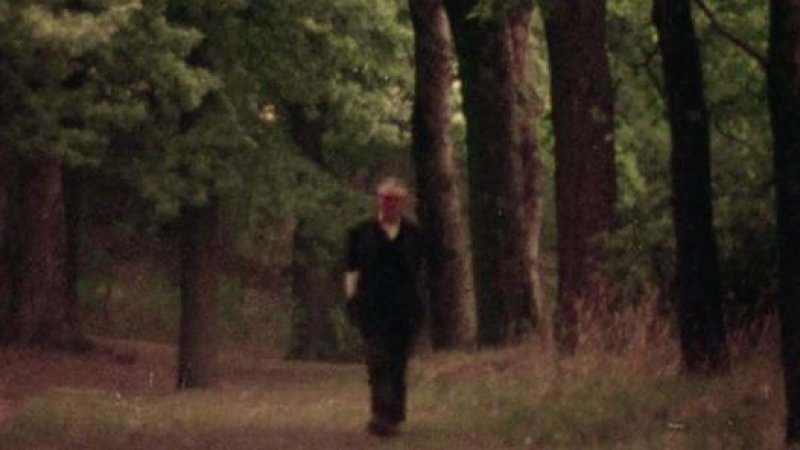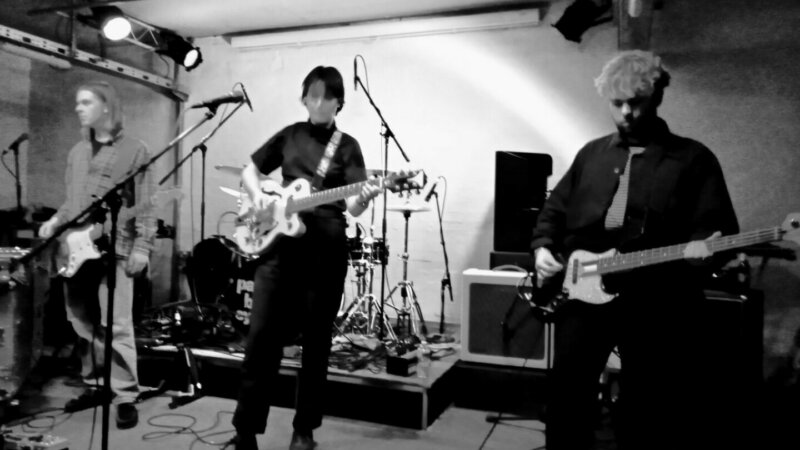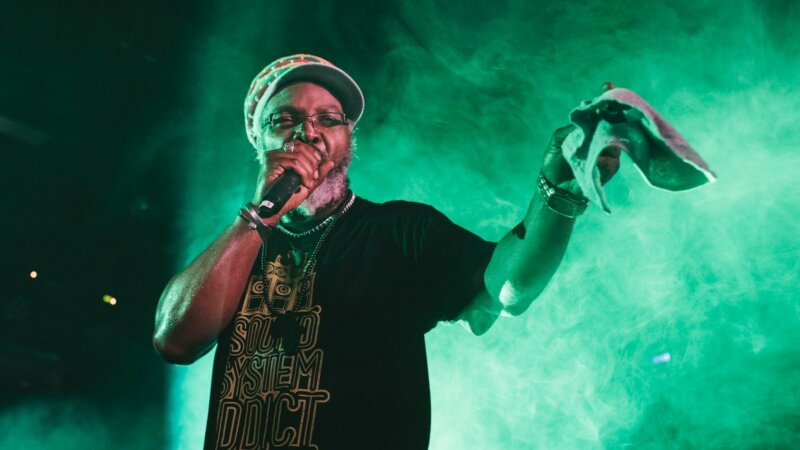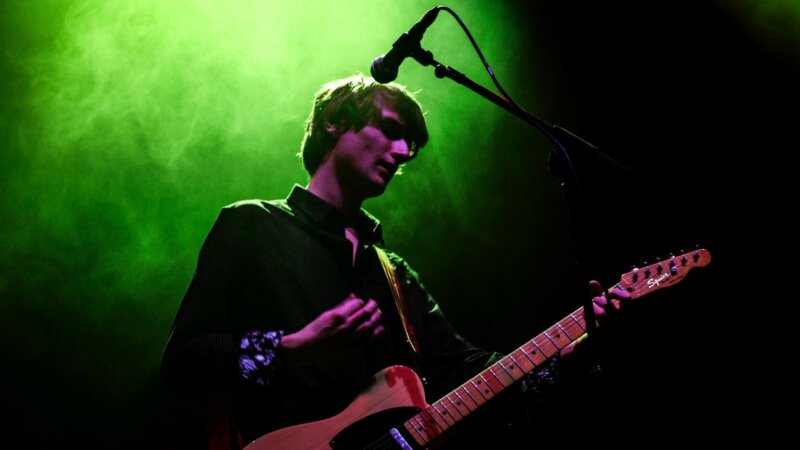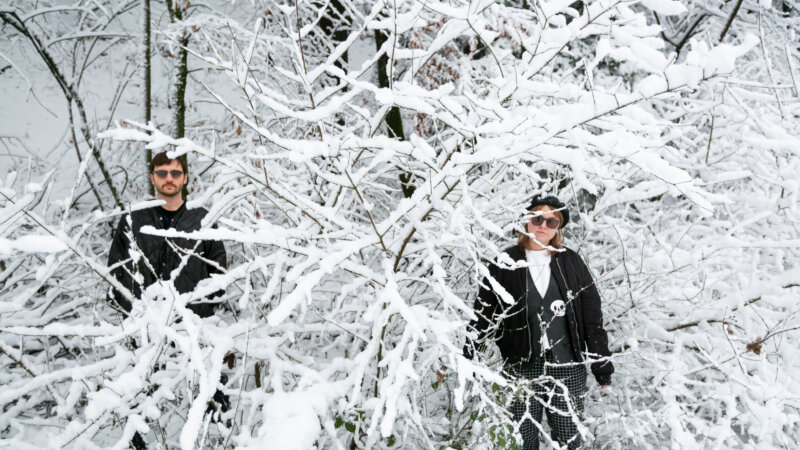No Bounds Festival 2019: The Black Madonna / Okkyung Lee & Liz Kosack
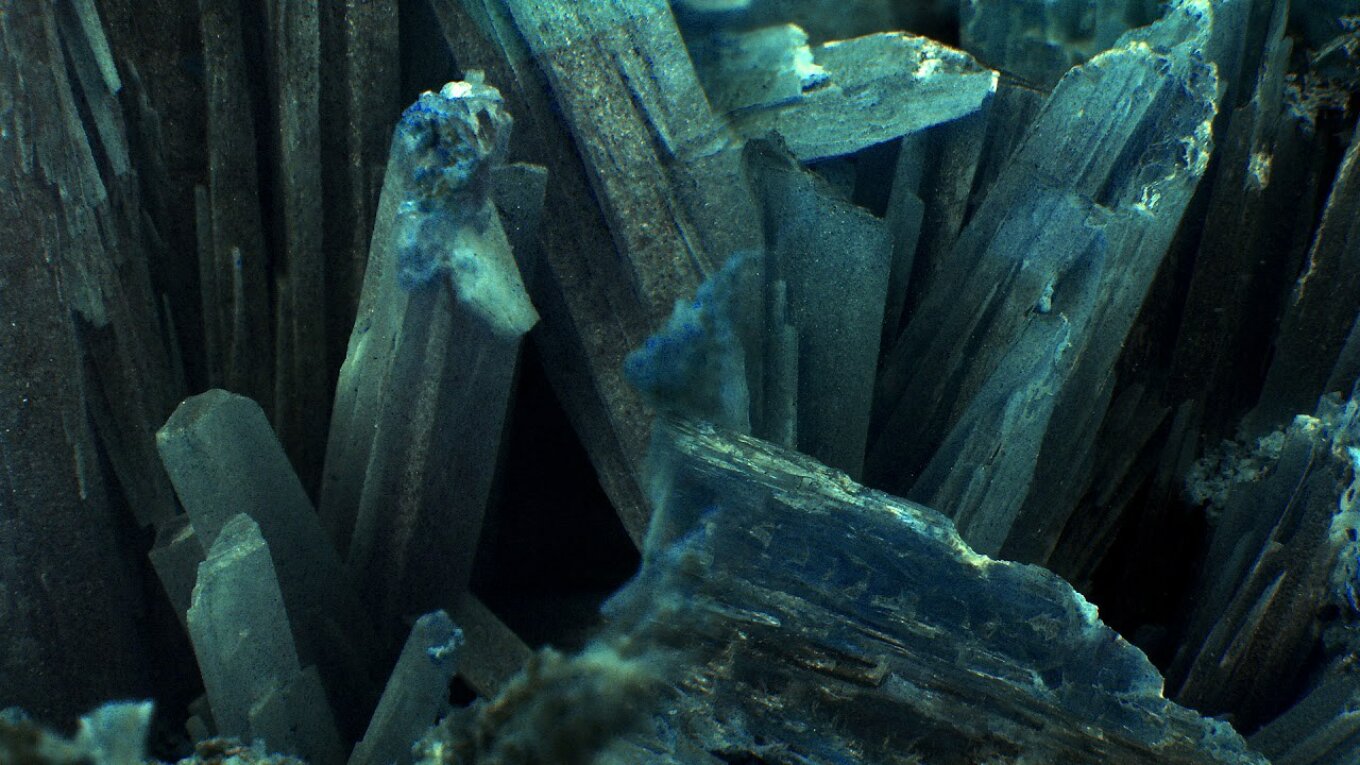
By Sam Gregory
The Black Madonna
Marea Stamper's meteoric rise to fame under her Black Madonna moniker, seemingly out of nowhere, belies the graft she's put in behind the decks since the early nineties.
Starting out selling mixtapes at Midwestern raves, she honed her craft for two decades and in 2012 was appointed resident at veteran Chicago club Smartbar. Although her sets are rooted in the emancipatory power of house music, Stamper's new-found profile lends her the freedom to make lengthy digressions into any genre that takes her fancy.
a welcome return to the politicised hedonism and rebellious spirit of the early days of rave
Few other selectors could get away with playing 20 minutes of dub at peak time, especially in a warehouse space like Hope Works. From there she span a bit of reggae, before giving the home crowd a nod with a couple of choice bassline cuts. Stopping off for a cheeky bit of south London garage and some crisp nineties hip-hop, Stamper brought back a four-to-the-floor thump with the rave nostalgia of Andre Crom's '1989'.
Her sheer presence in the booth - punching the air with happiness and dancing with ravers in the front row - made for a night-and-day contrast to the typical joyless techno DJ clad in the obligatory black t-shirt.
More than anybody else on the circuit, Stamper represents a welcome return to the politicised hedonism and rebellious spirit of the early days of rave. This sensibility also came through in the selections - a wild ride through genre and BPM, all packed into a super-tight 90 minute set.
"I just had. So. Much. Fun." she tweeted, after handing over to Danish DJ Courtesy for an hour and a half of trancey techno. Didn't we all, Marea.
Okkyung Lee and Liz Kosack
As part of the Mark Fell-curated 'Tactical Contact' strand at this year's No Bounds, Korean cellist Okkyung Lee was joined by US keyboard player Liz Kosack to explore the outer edges of their respective instruments.
Lee has spent three decades developing an almost supernatural connection with the cello, venturing far beyond conventional ways of playing and finding new possibilities for expression, whether by thumping its strings with her bow or rapping its wooden body with her knuckles.
Wearing a sinister, lizard-like paper mask, Kosack framed Lee's improvisations with exhilarating top-to-bottom keyboard runs. Her bleep-like tones were bright and clear, reminiscent of early electronic music from the likes of Daphne Oram. As their first piece progressed, Kosack summoned sheets of electronic noise that massed around Lee like a hurricane. Concentrating intently on her covert collaborator, the cellist reached for ever more extreme dynamics of pitch, turning squeaky trills into sonorous bass growls in a split-second.
Kosack framed Lee's improvisations with exhilarating top-to-bottom keyboard runs
The second of the four pieces featured a surprisingly rhythmic ending, as the musicians found themselves slipping into synchronicity and working up a spontaneous groove. The third was dominated by suspenseful, foreboding tones from Kosack and drawn-out notes from Lee, sounding like a tense and dissonant soundtrack to a Hitchcock horror.
In the odd setting of the museum's play area, the crowd - one perched at the top of a children's slide - remained focused on the improvisational interplay between the two performers. Having quickly explored a wide range of moods and textures, the last piece saw the pair take their approach a step further, as Lee extracted metallic scrapes and rhythmic throbs with her bow.
Sam Gregory


